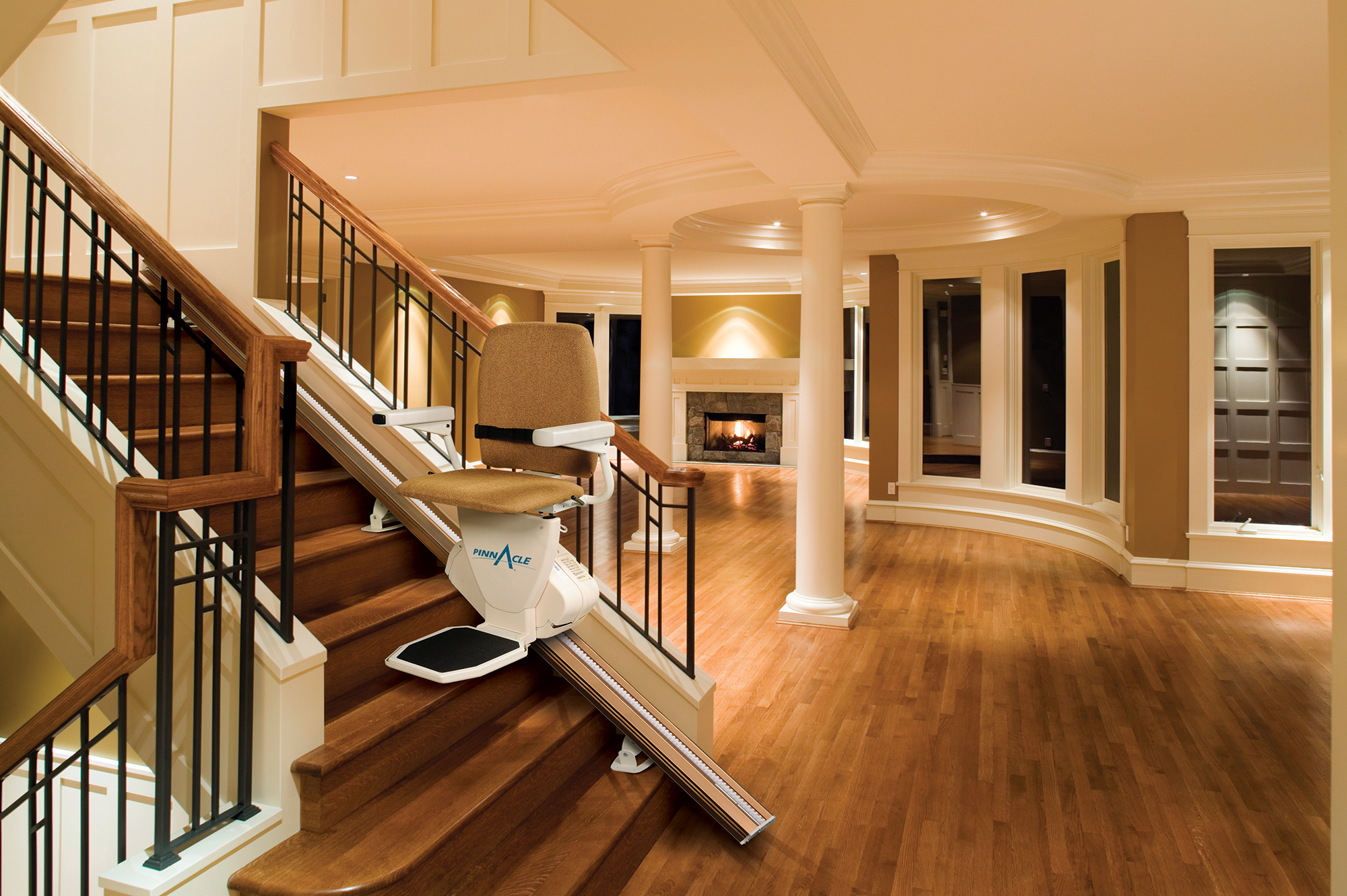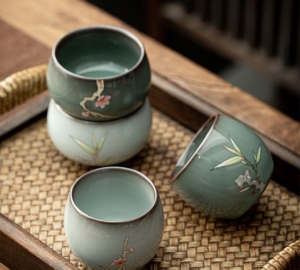If you or someone you love becomes disabled it is understandable that you would want to modify your home in order to make it as easy as possible to get around in. However, modifying your house for disability can be quite overwhelming too – it looks like a whole lot of work and money to sort everything out.
It doesn’t have to be like this however, and there are some fairly simple and relatively cost effective ways that you can change your house to improve its design for someone who is disabled.
Here are five ways that you can moderately alter your home that will make all the difference:
Grab rails
One of the simplest and cheapest ways to modify your home for disability is to add handrails. While these are commonly found by the bath and toilet or in the shower, they can also be added in other areas of the house that are frequently used. Chat to the person you are modifying the house for and find out where they would really benefit from having grab rails available to them.
Ramps and stair lifts
For those that are wheelchair-bound, stairs present the biggest obstacle and it can be incredibly hard for them to get around a household that has lots of stairs – no matter how small. Ramps are an easy and effective way to tackle small stairs and you can even get portable ramps that you can use on different sets. For more stairs however, your best choice is installing a stair lift. There are several different stairlift solutions that ensure there will be something to fit not just your home but your budget too.

Adjustable furniture
In many cases, people that have some sort of disability feel dependent on those around them. Installing some adjustable furniture into your home is a great way to offer them just a modicum of independence. For example, adjustable beds can be controlled by remote and allows the person in the bed to lift it up to sitting position etc.
Non-slip floor coverings
This is probably the cheapest way to make some sort of adjustment to your house that will help the disabled. Non-slip floor coverings make sure that all rugs, carpets and any other floor coverings don’t slip out from under someone as they walk. This is especially important in the case of old and frail people or those have some sort of seeing disability. Having a non-slip matt in the shower or bath is also imperative.
Bathrooms
Bathrooms are incredibly hard to get around for those that suffer from a disability. They are wet and often tiled, making them slippery, and this is a very dangerous environment for people that aren’t 100% stable. It’s also one of the places where people with disabilities really struggle to ask for help, as they can feel like their privacy has been intruded upon. Grab rails, raised seats, or seats the same height as wheelchairs, non-slip bathmats and other supports can be added all over your bathroom. These won’t break the bank and will make a huge difference to a disabled person that needs to use your bathroom.



